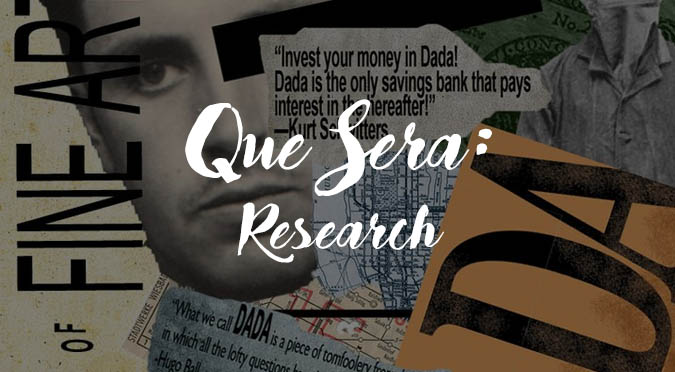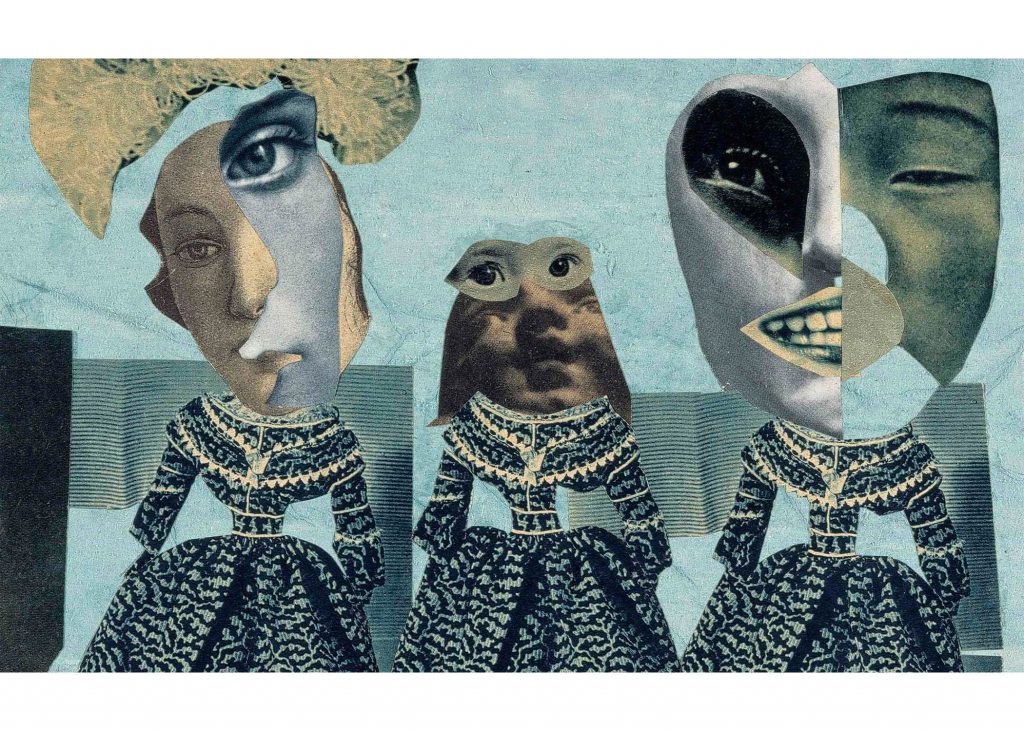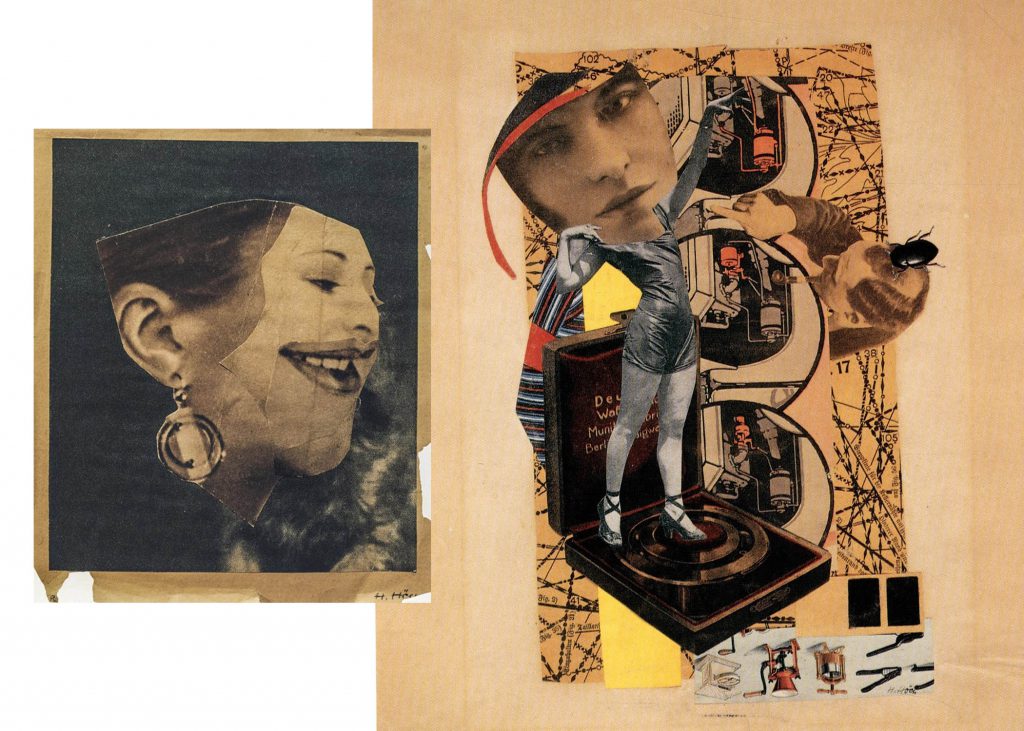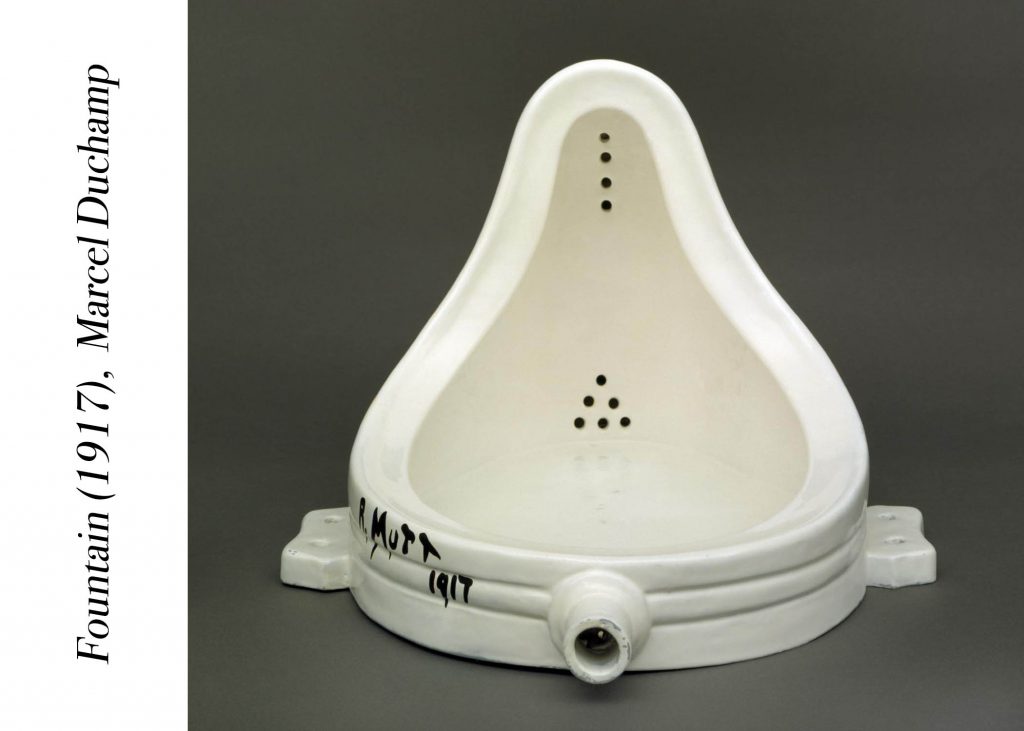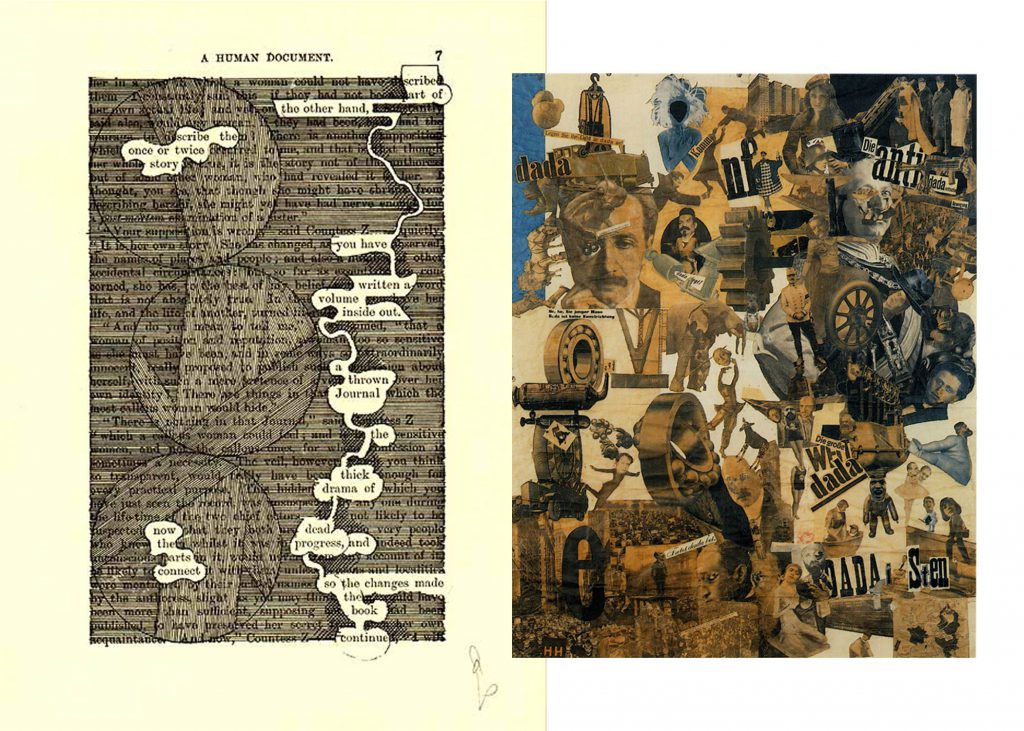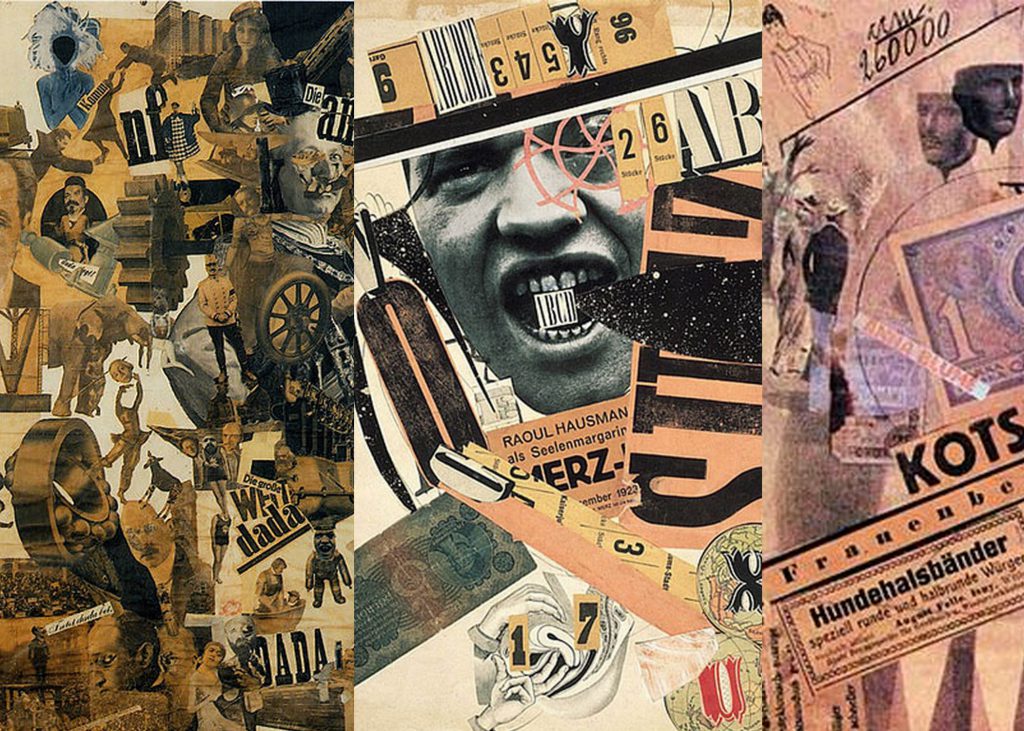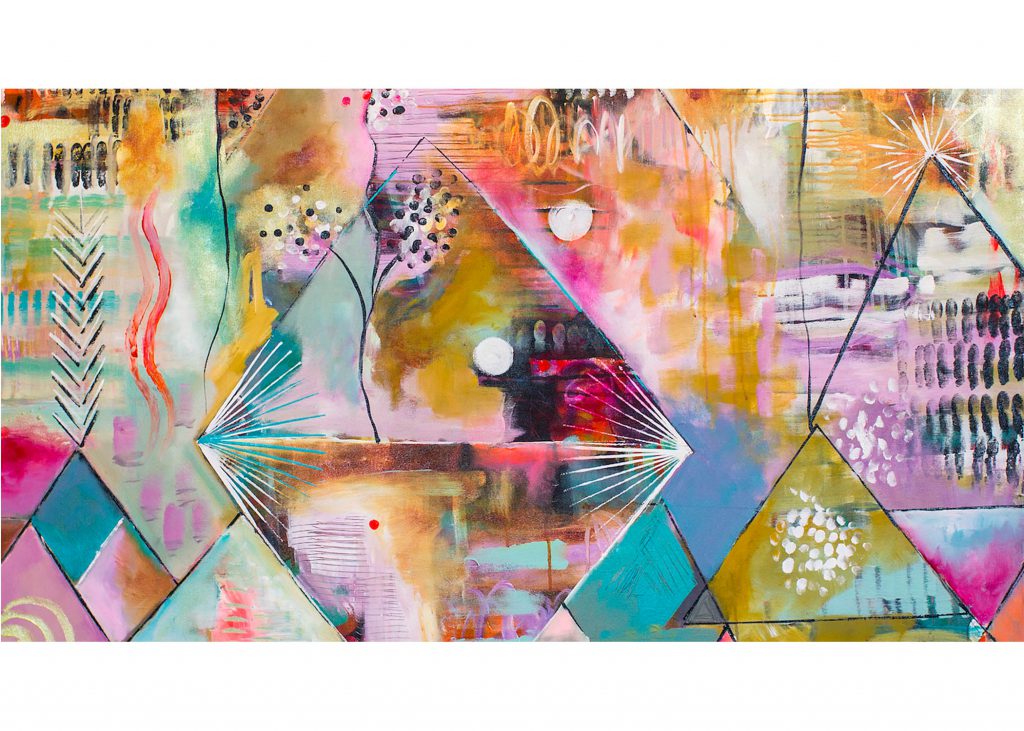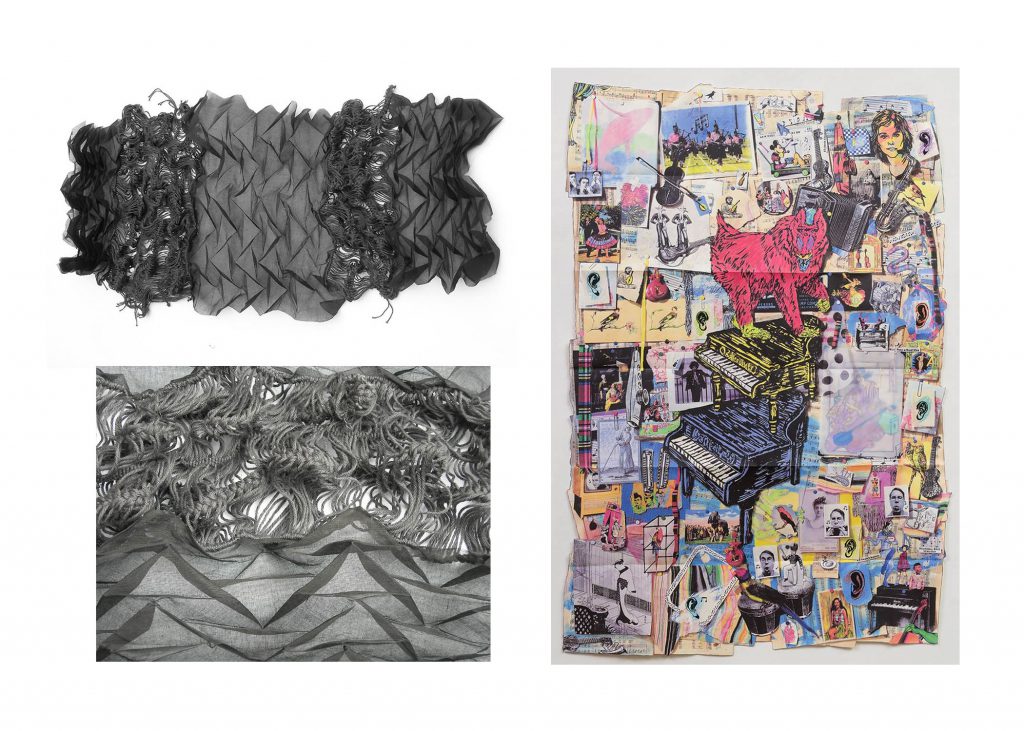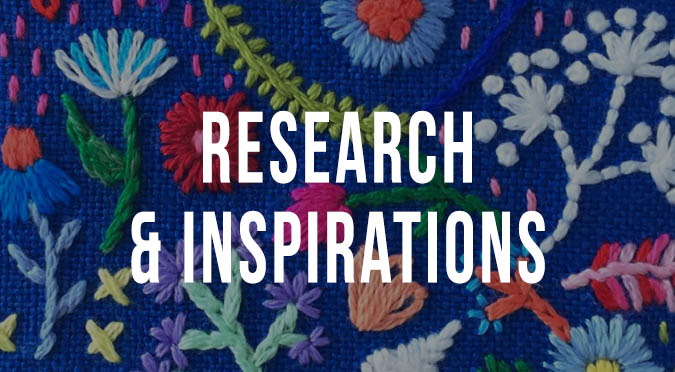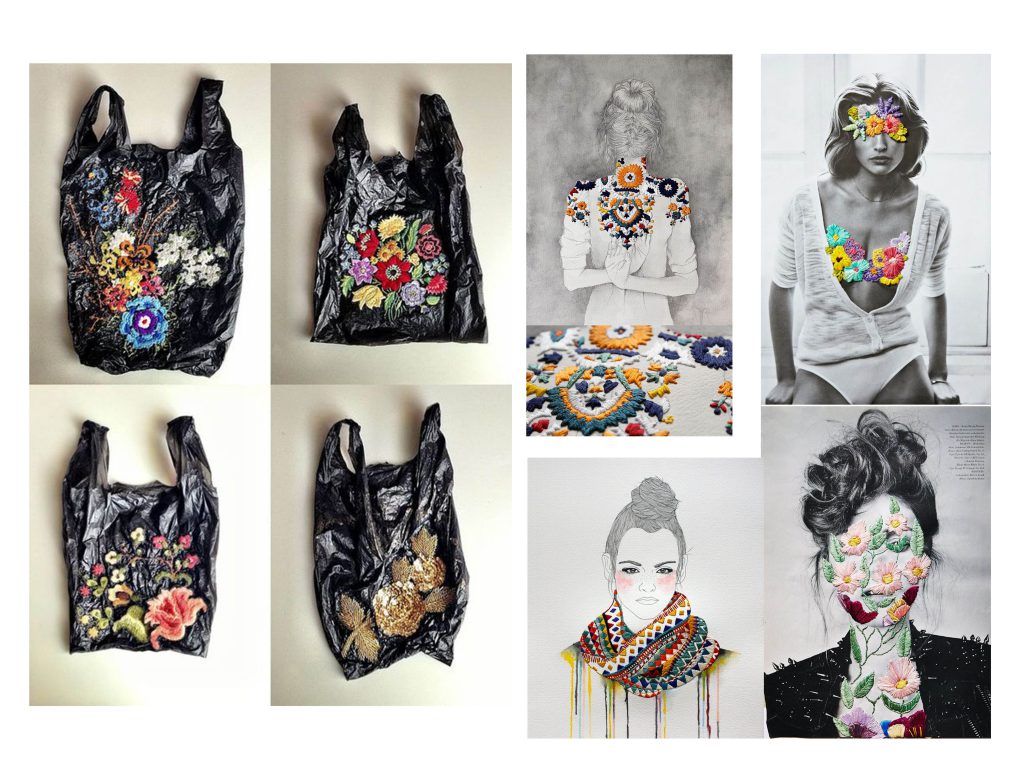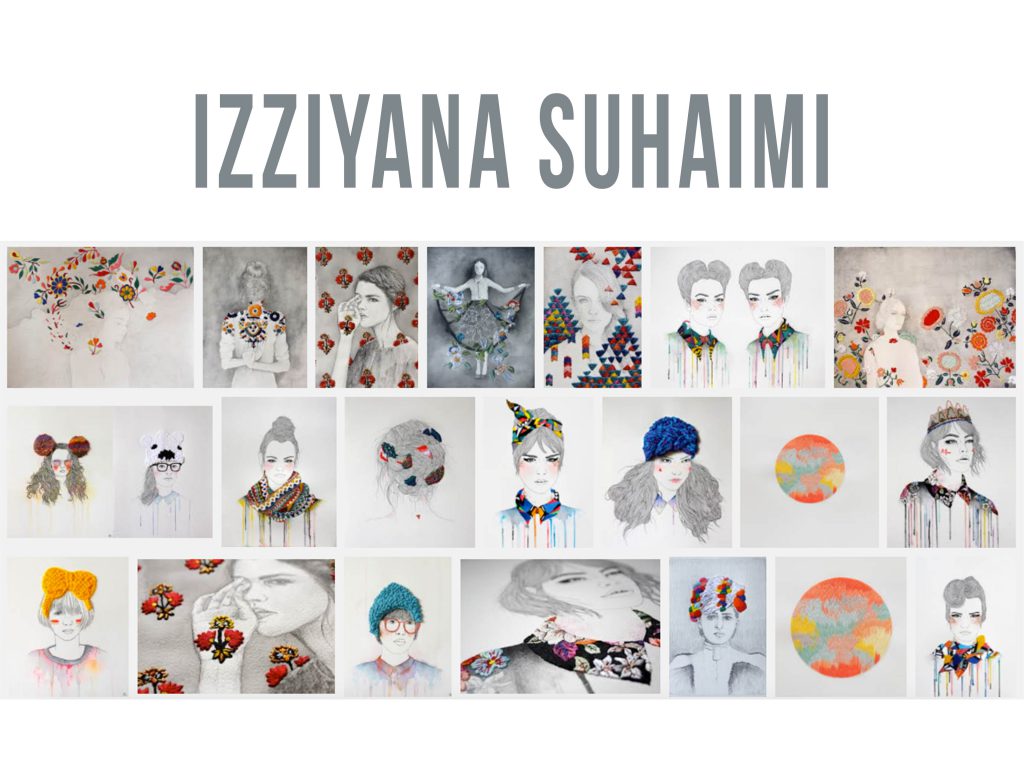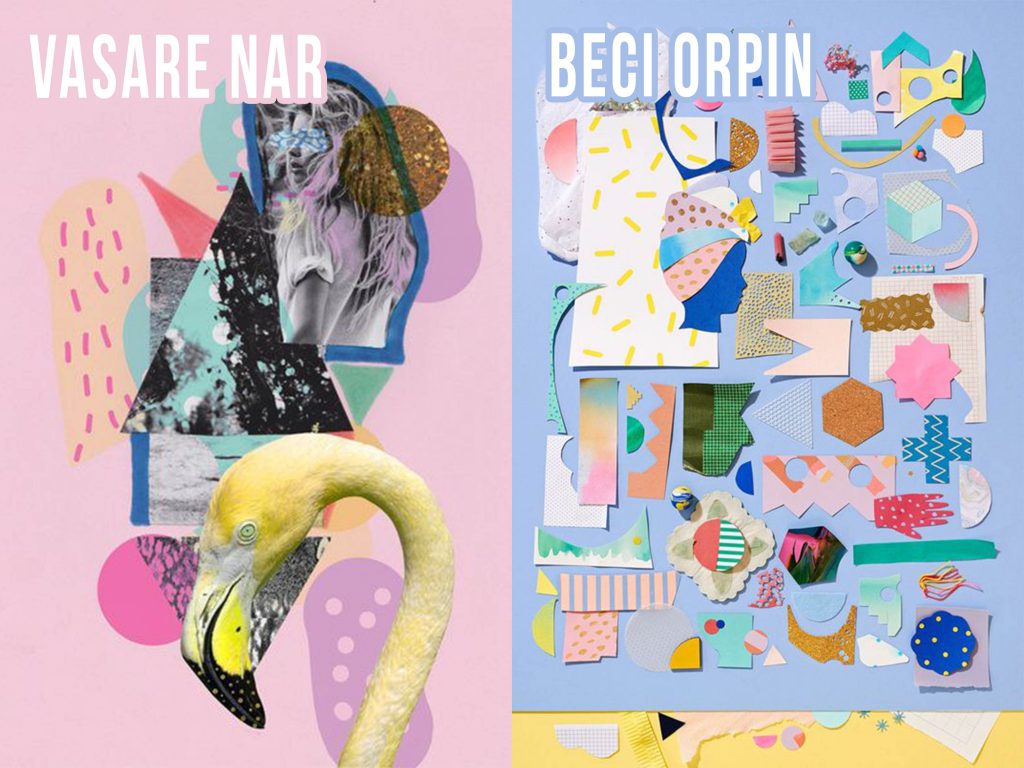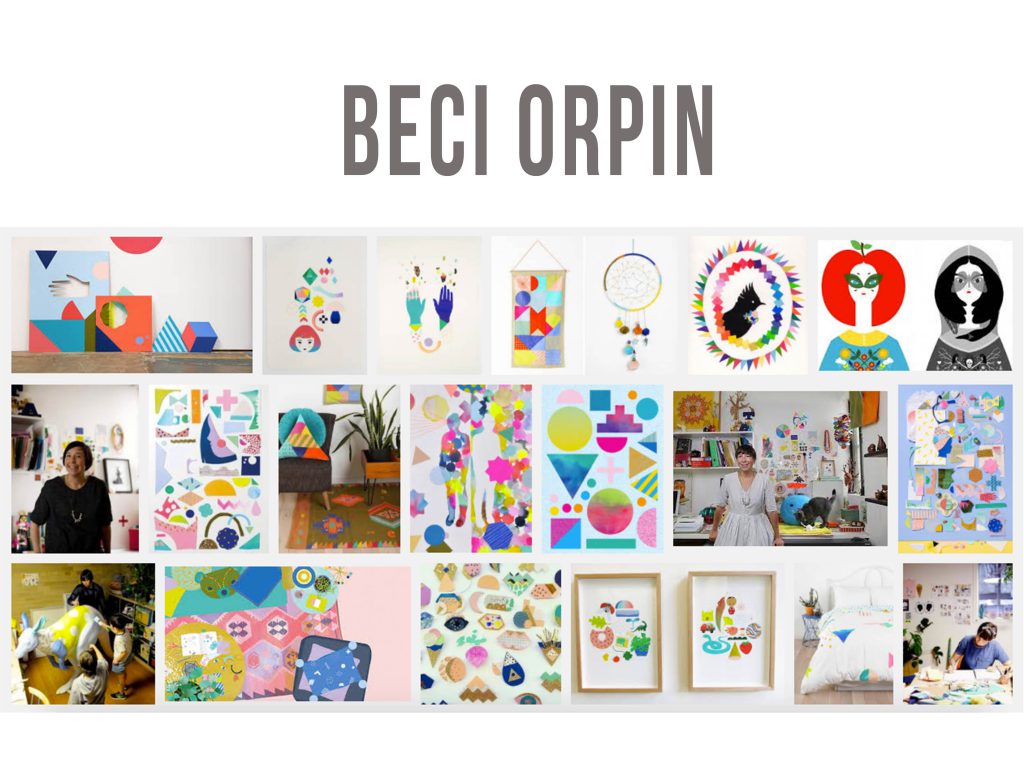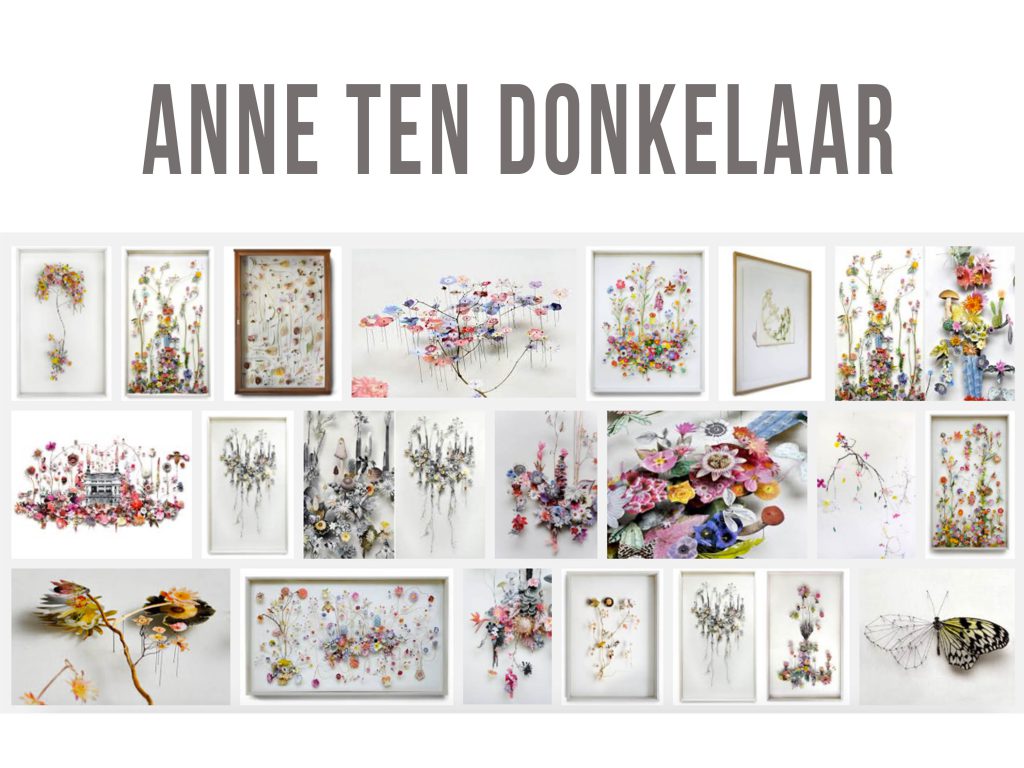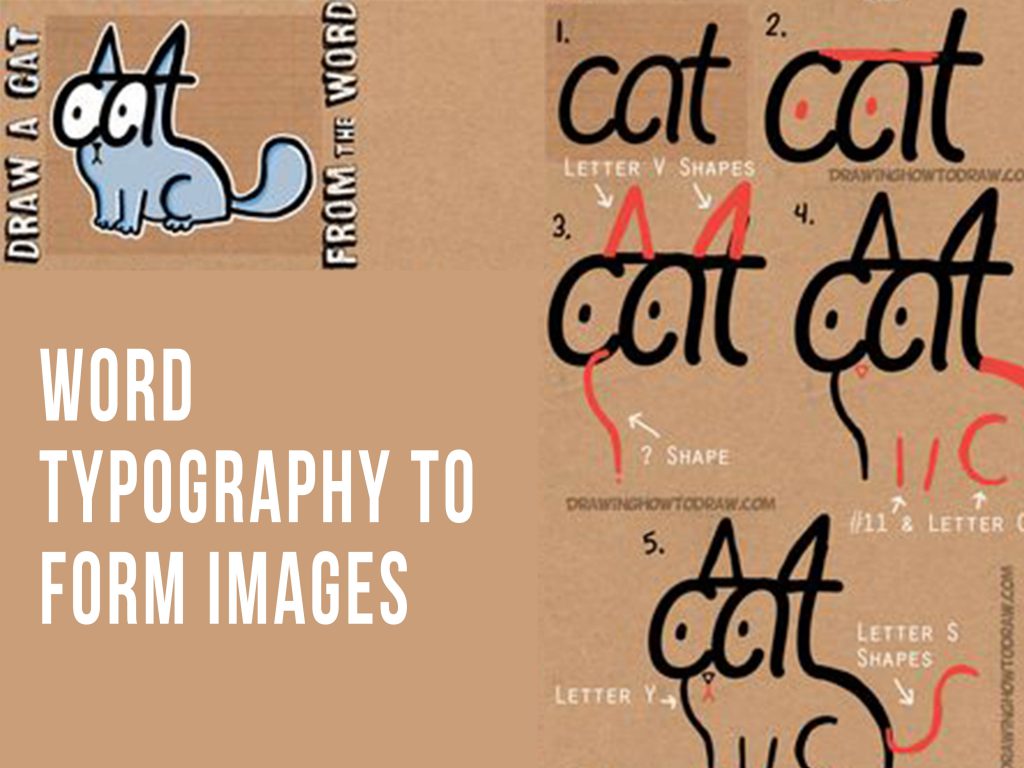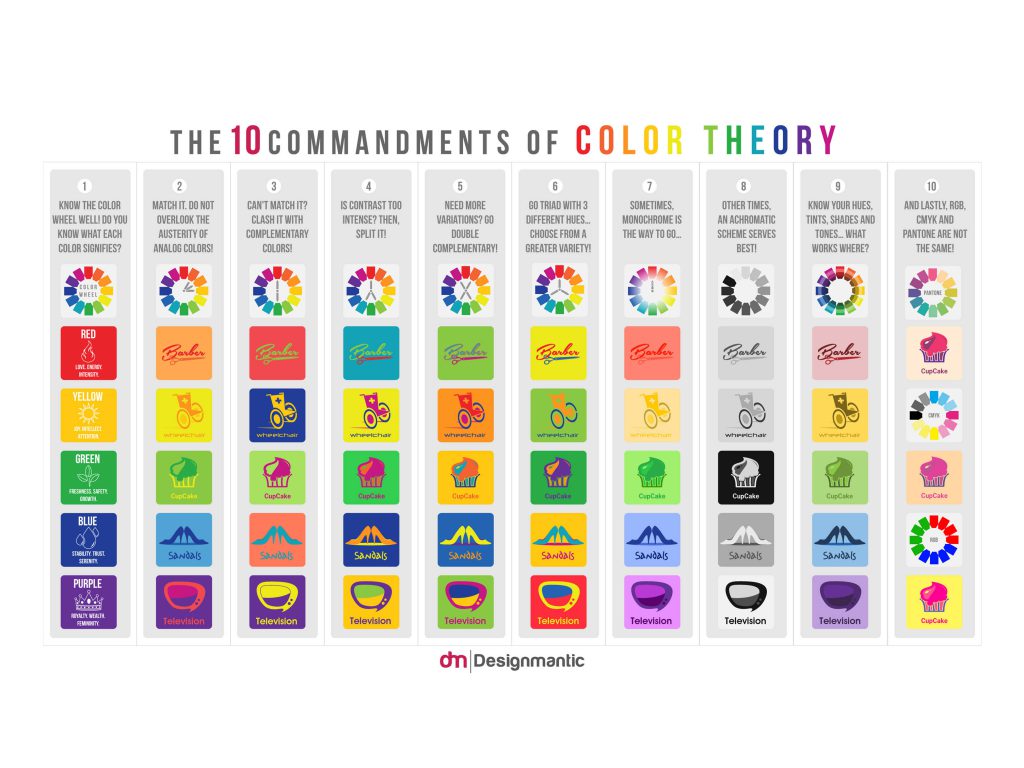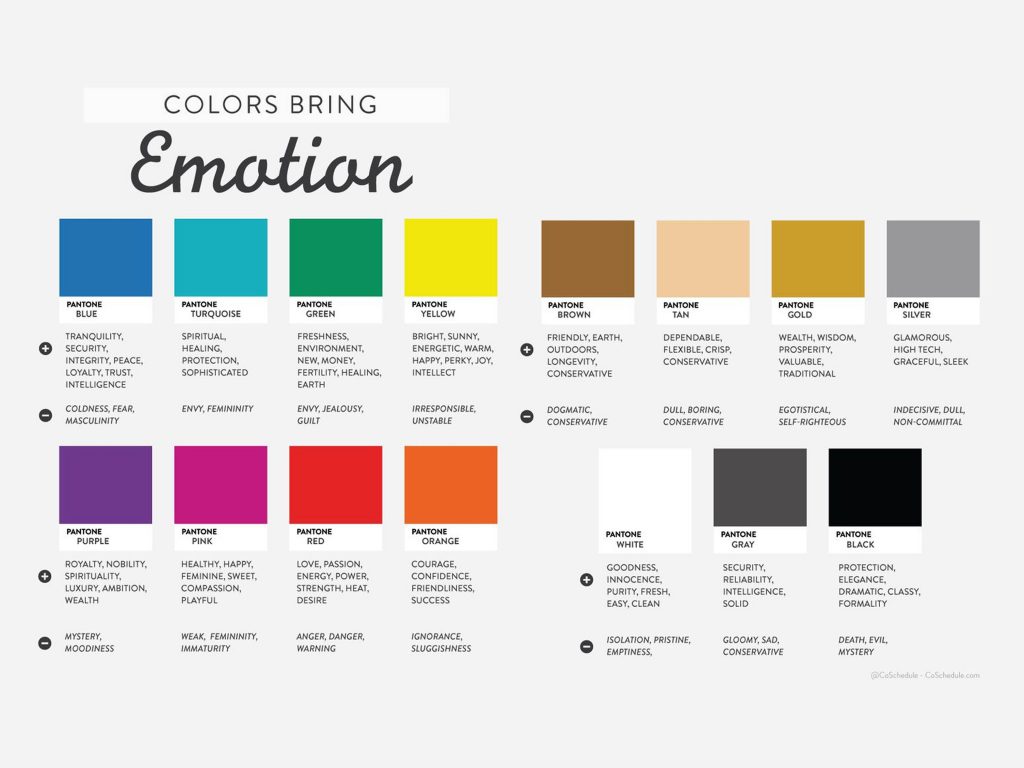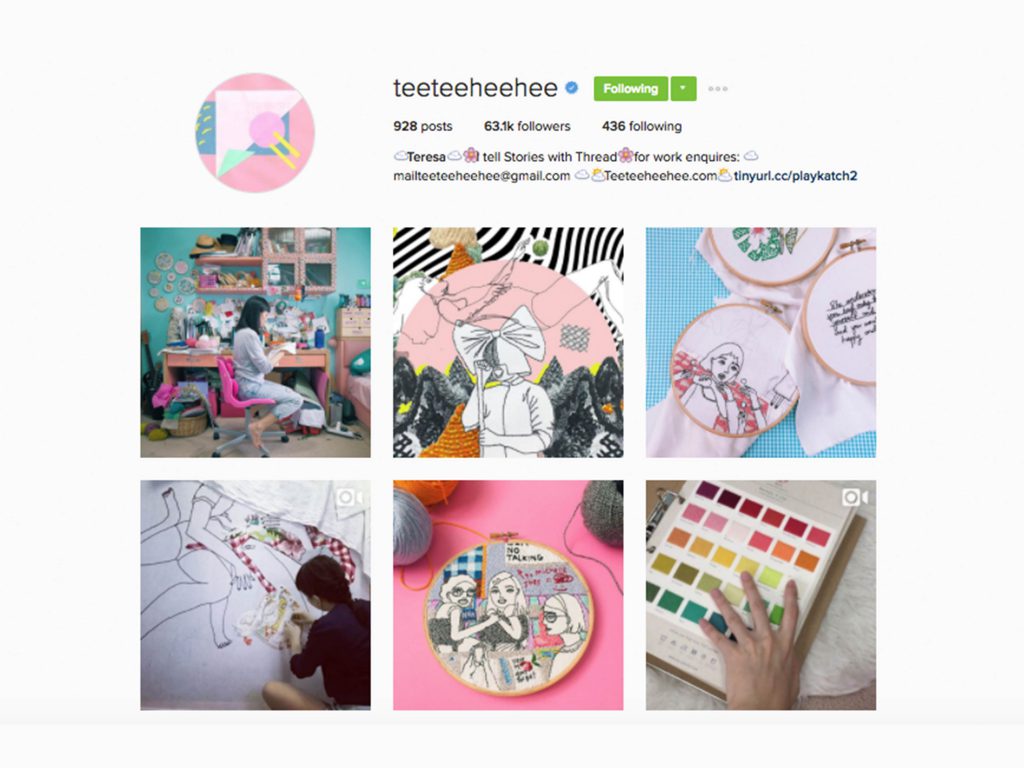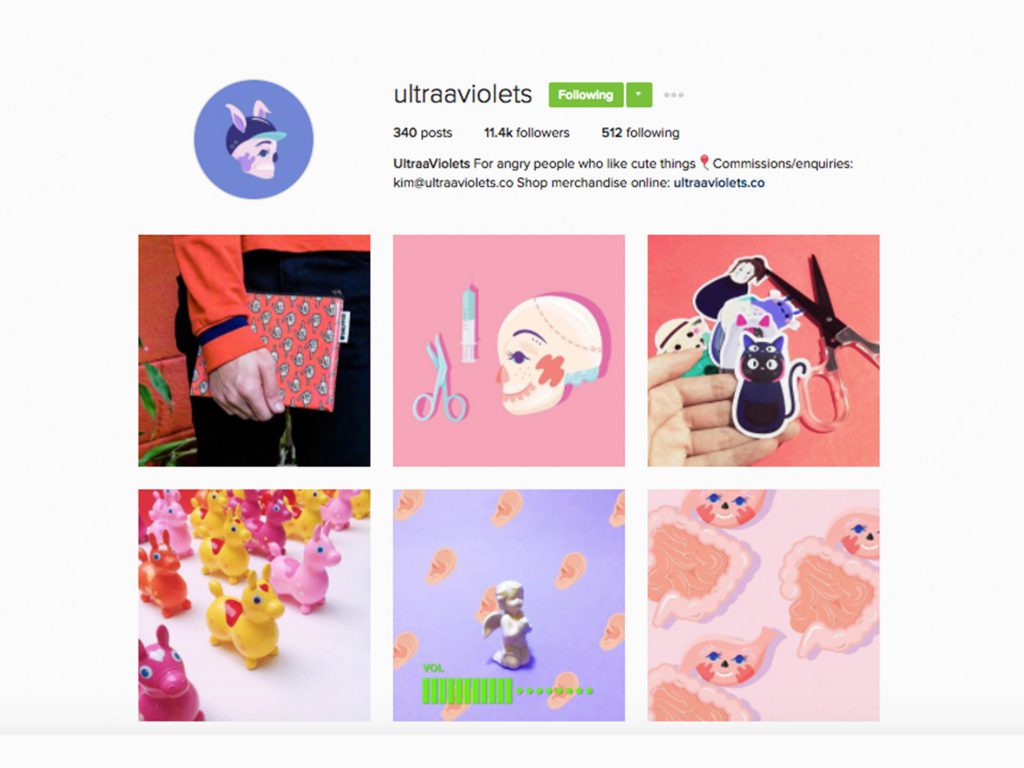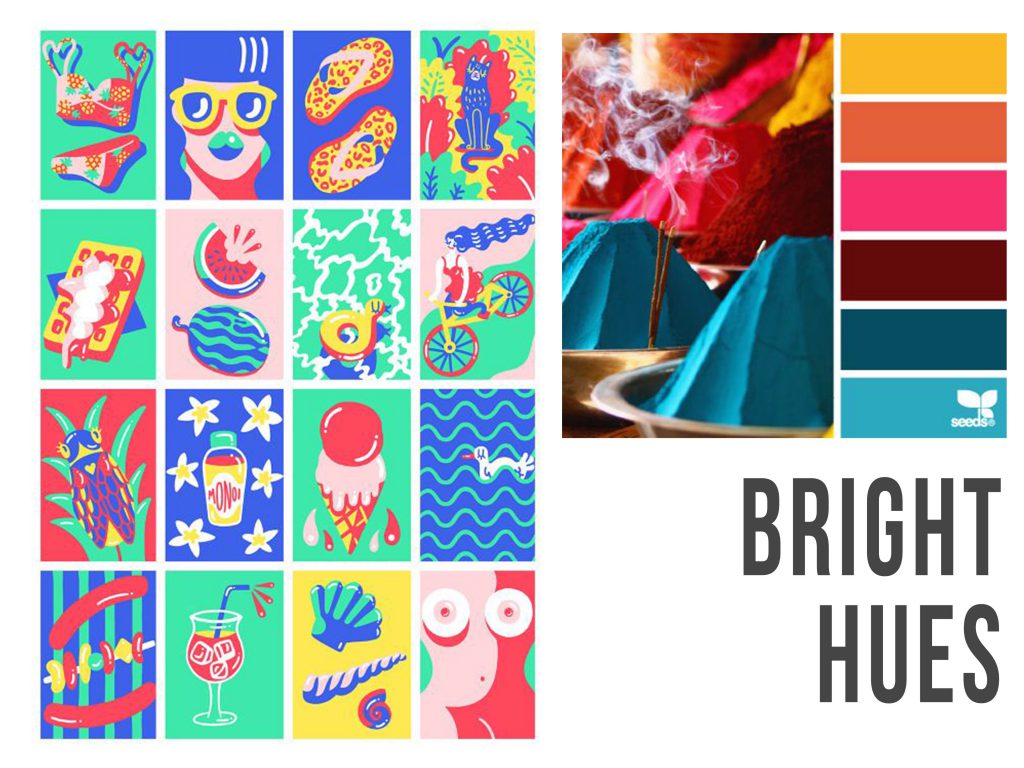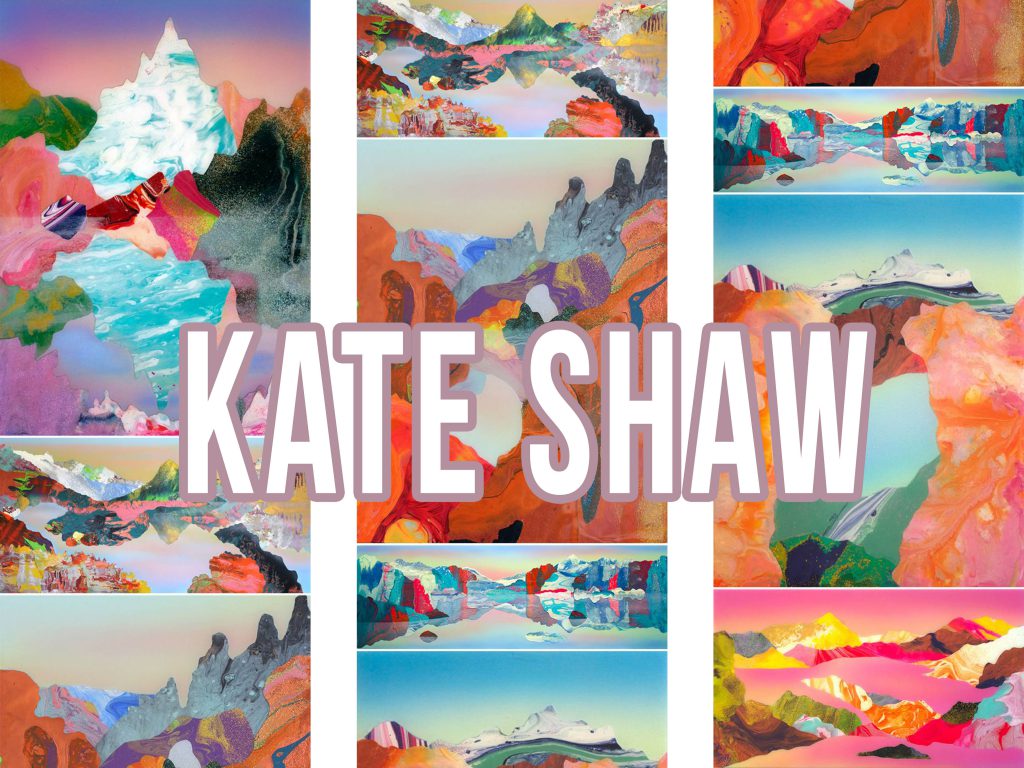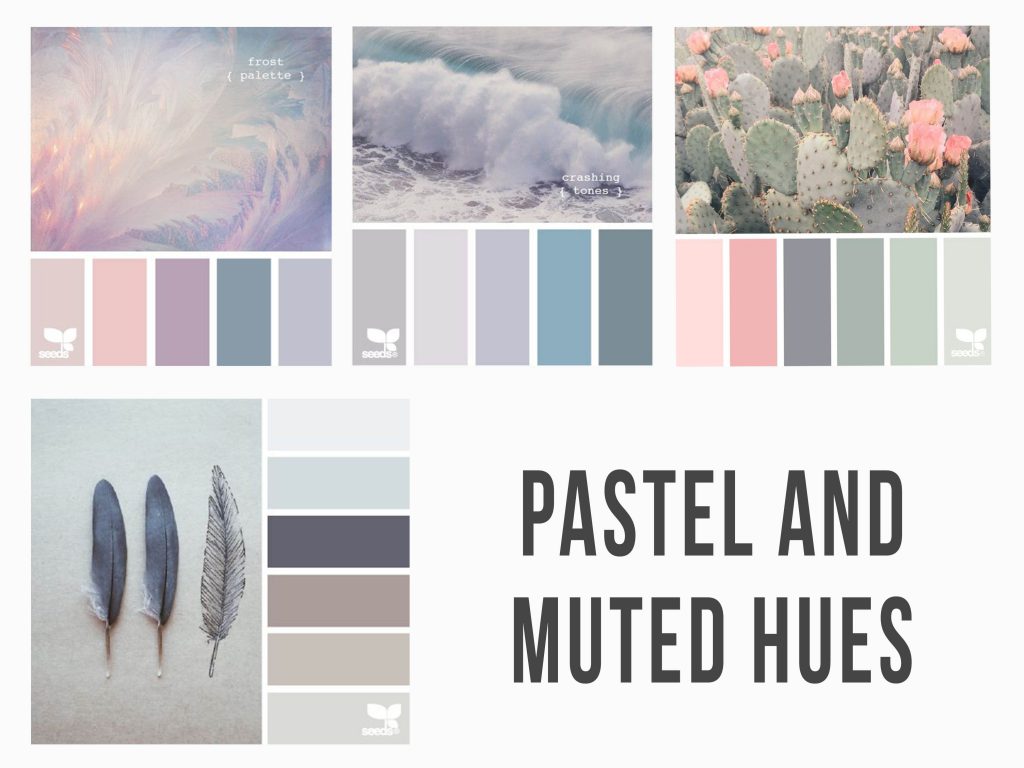Hannah Höch
Still one of my favourite artists I’ve come across last semester for 2D while researching for technique inspirations for our final project (Ego In Different Settings). I love how Höch uses the photomontage and collage technique to create those abstract yet quirky looking artworks of hers.
The overlapping of images, and different compositions/angles of the different pieces of the photomontage helps to create some dimension and a dynamic feel to her works which is definitely something I can explore once again in this project since I really enjoy working with textures & tactility.
DADA
To sum up, an art movement that was meant to go against the values of culture of what was believed to have caused the First World War. DADA eventually became recognised an a type of avant-garde art which included works in mediums of visual, literary, music, collage, cut-up writings and more.
One famous DADA art would be the Fountain (1917) by Marcel Duchamp
But in this case for our project, I think the more relevant forms of DADAism that we’ll be able to adapt would be the collage and cut-up writings technique of creating art. Back to artist Höch, she too had works that likened to the DADA art movement. Below are more examples during DADA:
Paper Cut-Outs
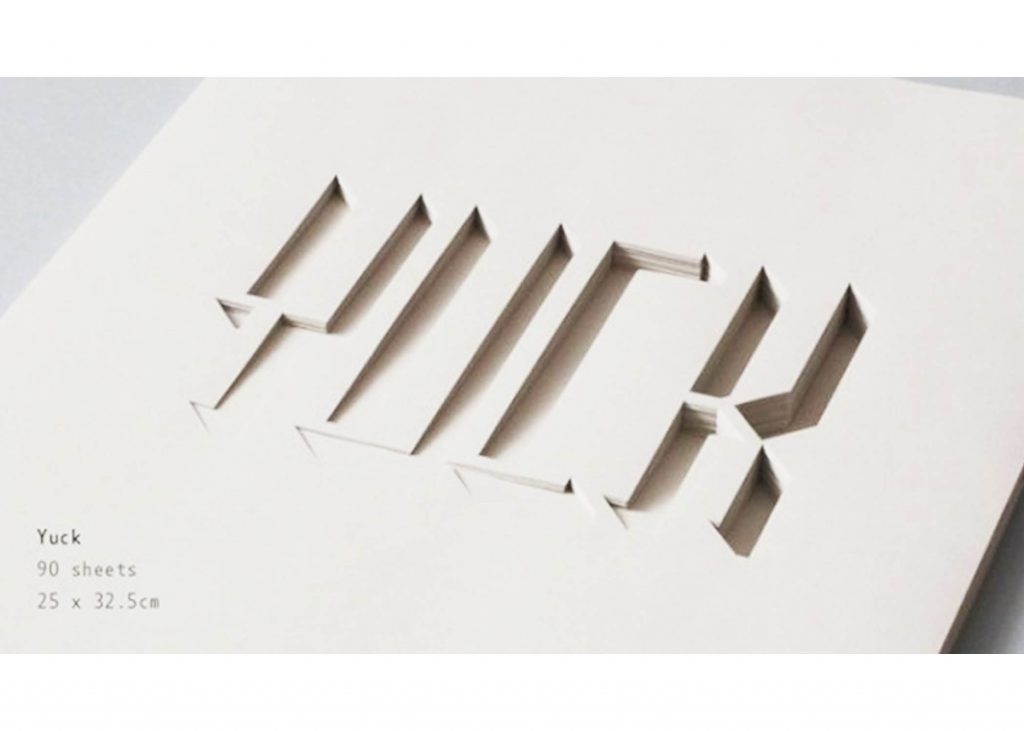 Another technique I found interesting and a possible exploration for this project, paper cut-outs! They can help create some sort of spatial depth and achieve a really cool effect. Not sure if this would work for the concept I’m going for but definitely keeping this in mind 🙂 I particularly like how it creates texture and at the same time a minimalistic feel (for the designs below)
Another technique I found interesting and a possible exploration for this project, paper cut-outs! They can help create some sort of spatial depth and achieve a really cool effect. Not sure if this would work for the concept I’m going for but definitely keeping this in mind 🙂 I particularly like how it creates texture and at the same time a minimalistic feel (for the designs below)
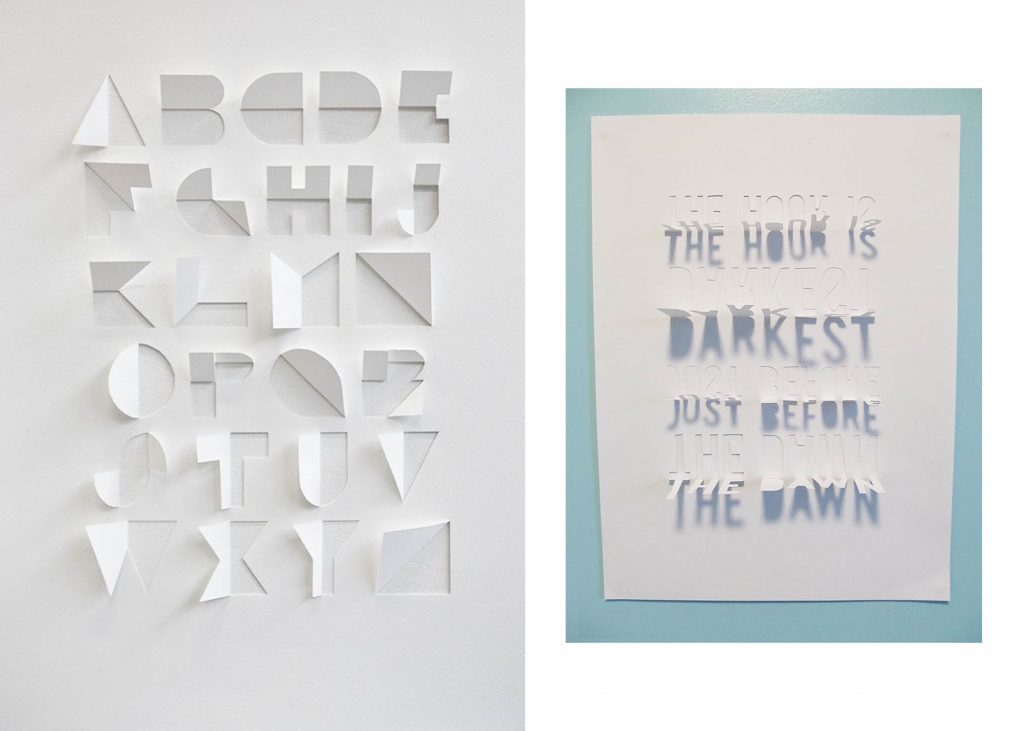
Layering
The last technique I found interesting, pretty much the same idea of treating surfaces but in this case it’s layering – Done through various mixed mediums. For example, it can be all embroidery based (layering threads over one another layer after layer to achieve more dimensionality) or doing it through painting.
Basically it’s just going over layer after a layer (if that makes sense…)
This technique just screams tactility and textures 😀
So after much researching, what you see above are the artists, art movements and techniques I found interesting for this project. As I enjoy exploring the idea of tactility in my works, guess the research below would be helpful!
Seems like I can’t escape the idea… but treating the surfaces to achieve tactility in my compositions would probably only be for one or two as I intend to somehow create a link between the technique used with the job I’ve selected – Saving the further explanation for the process post later on!
